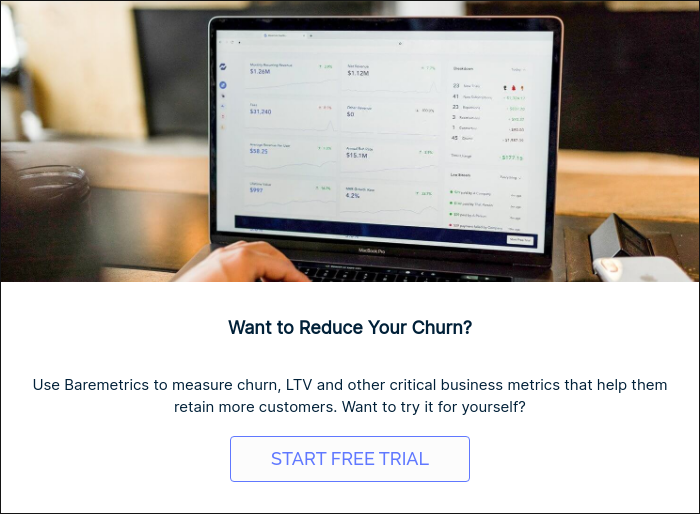Table of Contents
More Glossary Articles
Do you know whether all that traffic to your site or app will turn into revenue?
If you have struggled with this question, then conversion rate optimization (CRO) is the answer.
Unbounce defines CRO as:
“The practice of continually improving your website or landing page’s capacity to convert visitors into leads or customers. Conversion rate optimization is all about making your marketing more successful.”
Well known digital marketing agency Conversion Rate Experts say that CRO is really about optimizing the customer journey. They define it as:
“A proper job of CRO includes the review of the entire process from the initial lead-generation ad, all the way through to the post-sale follow-up. The real goal is to identify which parts of the sales funnel will yield the greatest wins with the least work”.
In other words, it’s the process of optimizing your site/app to increase the probability that visitors or users will complete a specific action. This a process that isn’t based on guess work but rather a methodical, data driven, science backed process that ensures ever improving results.
The CRO process allows you to build on:
- Customer insights by learning which messages speak more to your audience
- User experience by focusing on what works and eliminating what doesn’t add to the visitor experience
- Trust by concentrating on components that are likely to persuade visitors
- Growth by making use of existing resources without having to increase customers
- ROI by making use of current resources. For example, if you’re spending $500 on advertising to drive 300 visitors to your site, you can improve your conversion rates, increase conversions, and potentially cut back on advertising.
Areas to look at for CRO
Key areas to take into account while conducting CRO include:
- A/B and multivariate testing
- A structured approach
- Customer journey analysis
- Copy optimization
- Online surveys/customer feedback
- Cart-abandonment analysis
- Segmentation
How to improve your conversion rate
Optimizing your site for conversions involves identifying areas for improvement, creating conversion hypothesis for each of those areas, calculating conversion rates, and then optimizing your site or app to improve those conversion rates.
To start with, you need to form a hypothesis for why visitors are converting in a particular area and develop ideas for potentially improving conversions. Then test these ideas through A/B testing. A/B testing involves testing variations of the page against each other and the original to determine which one performs best. Alternatively, you can test for statistically significant differences between audience segments.
This process of continually finding and optimizing areas for an increase in conversion rates also allows you to continuously improve the overall conversion rates of your website or app.
How to calculate your conversion rate
To calculate the conversion rate of an e-commerce site, determine the percentage of visits that result in a transaction. The formula to use is as follows:
Conversion rate = (Total transactions/Total visits on a website) * 100
For example, if you had a total of 50 transactions from 1,000 visits, the conversion rate would be:
Conversion Rate = (50 transactions/1,000 visits) * 100 = 5%
What is a good conversion rate?
There is no one answer to the question. Conversion rates are highly dependent on the context of the site/app. For example, the conversion rate of a site selling high end jewelry with prices upwards of $5000 is vastly different than a site selling $5 bead jewelry.
Even with sites in the same industry, things like traffic sources, traffic volumes, and brand perception all affect conversion rates.
With conversion rate optimization, you are competing against yourself. Therefore, a better question to ask would be, “Is the conversion rate for this month better than last month?”
How to set up successful CRO
Ensuring your organization can successfully perform CRO requires the support of leadership as well as a culture fit. In addition, resources and a proven process are also important.
Information and analytical data are the cornerstones of a successful CRO strategy. Without these, you are likely to waste time and resources on ideas that have little chance of bringing improvement.
Using analytics can provide important information, such as:
- Where visitors go when they first engage with your site/product
- What source or channel led them to your site/product
- What features they engage with and spend the most time on
- What devices/browsers visitors use most often
- Customer profiles, including age, demographics, and interests
- Where visitors leave your site/product
With the above data, you can optimize your site or product for your ideal customer by obtaining qualitative data via net promoter score NPS, user testing, and surveys.
Qualitative data can help answer questions like:
- Why did they decide to use your site/product?
- What appealed to them most?
- What makes your offering stand out from the competition?
- What words did your customers use to describe your products/services as well as their pain points?
Combining your qualitative and quantitative data allows you to form a better picture of the opportunities that exist for engaging your audience and optimizing for conversions.


